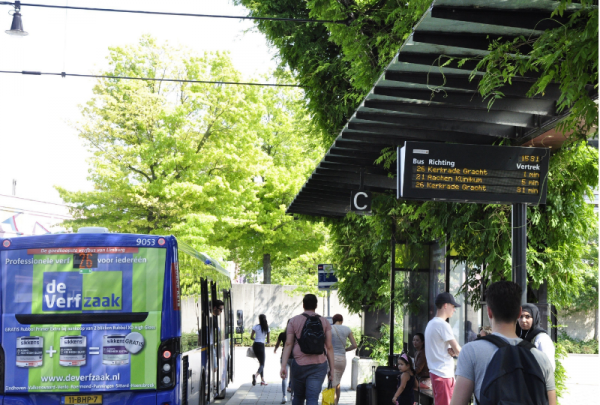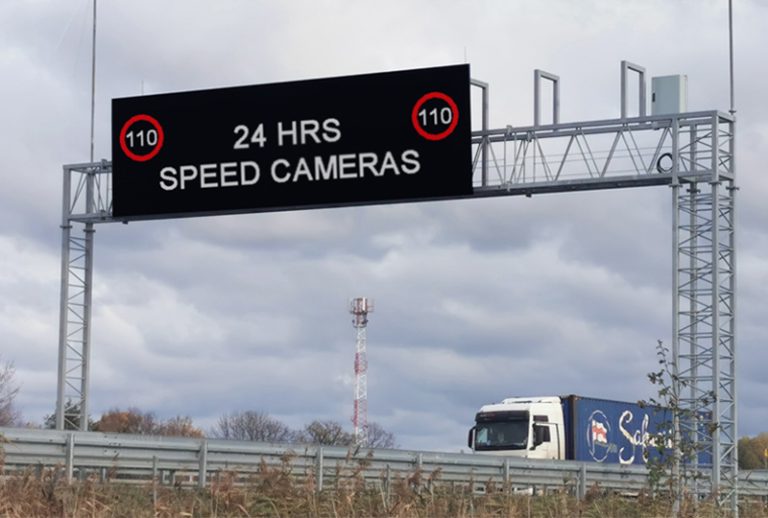Picture this: you’re driving down a bustling street, and all of a sudden, you have to make a quick turn because a road traffic sign caught your eye. It’s no surprise that signs are crucial in our daily commute. However, understanding the nuances of these signs for traffic control can be a challenge for many. In fact, studies show that driver confusion can increase accident rates by over 30%. How are we managing this situation?

Flaws in Traditional Traffic Sign Solutions
Traditional road traffic signs often suffer from readability issues, especially at night or during inclement weather. Many rely on outdated materials that fade or become obscured after time—creating potential hazards for both drivers and pedestrians. Moreover, maintenance can fall behind, leaving essential signs damaged and less effective. So, why do these failures occur? It’s simple—aging infrastructure and a lack of innovative solutions lead to a significant gap between what we need and what we have.
The Rise of Advanced Technology
Enter new technology! Today, we have LED-based alternatives that enhance visibility and offer dynamic information—like speed limits that adjust based on real-time traffic conditions. By utilizing bright, energy-efficient lights, these signs ensure that drivers can quickly and easily grasp the information presented, significantly reducing misconceived actions on the road. This innovation shines a much-needed light on an age-old problem.
Quantifiable User Benefits
The shift to modern traffic signs offers measurable benefits. For instance, highways that have implemented LED signs report a 25% decrease in accidents. Improved visibility, coupled with real-time updates, enhances not only driver awareness but passenger safety, effectively creating a more reliable transport ecosystem. So, when it comes to choosing your traffic solutions, how can you ensure you’re opting for the best?
Conclusion: Evaluating Your Traffic Control Solutions
Always verify these 3 metrics when choosing solutions: ① visibility standards, ② material durability, and ③ maintenance support. Ignoring these factors could lead to unfortunate consequences. By focusing on these areas, you can significantly improve road safety for everyone.

Why LED Traffic Signals are a Game Changer
Ever been stuck at a traffic light that never seems to change? Enter the world of LED traffic signals—a refreshing upgrade that has the potential to smooth out our roadways. Traditional incandescent lights can burn out unexpectedly, leading to frustration and waiting times. What if there was a better way to signal traffic?
Challenges with Conventional Signals
Issues like frequent bulb replacements and poor visibility are just the tip of the iceberg when it comes to traditional signals. The incandescent bulbs can produce inconsistent illumination and consume far more energy than necessary. And let’s be honest—who hasn’t grumbled about sitting at a malfunctioning traffic light? It’s frustrating, right? This outdated technology is begging for an upgrade.
Principles of LED Technology
LED traffic signals work on a different wavelength, offering superior brightness while consuming up to 80% less energy than their predecessors. They have a much longer life span, reducing overall maintenance costs and providing greater reliability on the road. It’s a win-win situation, where innovation meets necessity.
User-Friendly Advantages
Switching to led traffic signal technology means fewer outages and enhanced safety. Many cities that have made the transition report improved traffic flow, which ultimately reduces congestion. Now that’s something every driver can appreciate! It’s not just good for the environment, but also excellent for daily commutes.
Final Thoughts on Road Traffic Signs
In summary, understanding the value of road traffic signs, especially modern advancements like LED traffic signals, is essential for safety and efficiency in our everyday travels. Recommendations for high-quality products are crucial, and I’d suggest checking out Chainzone for their competitive supply advantages. They prioritize innovation and reliability, which is what we all need for safer roads.